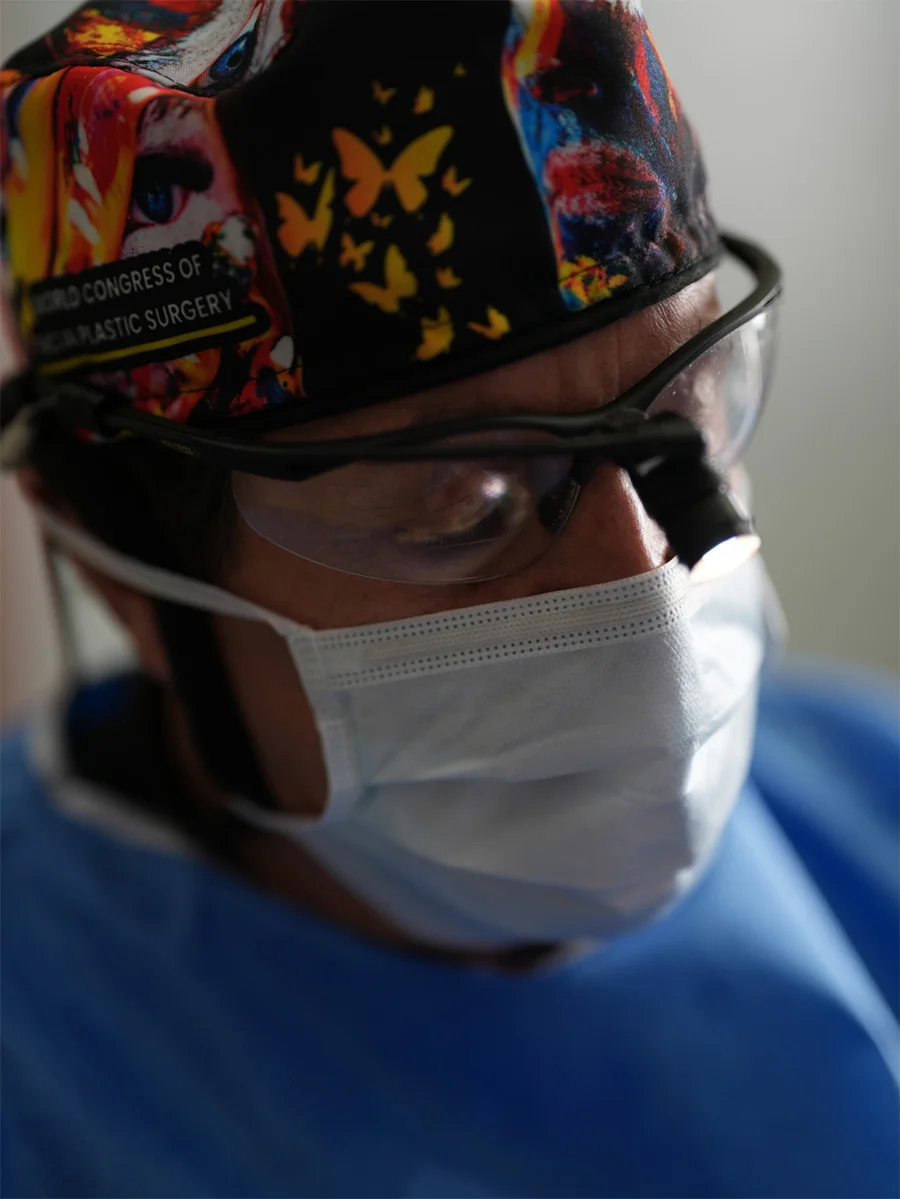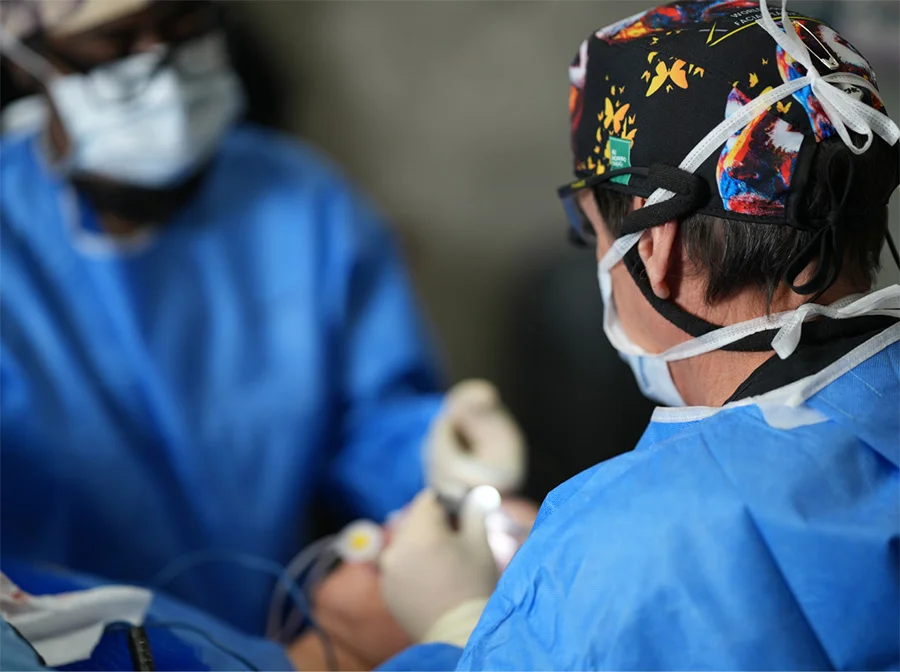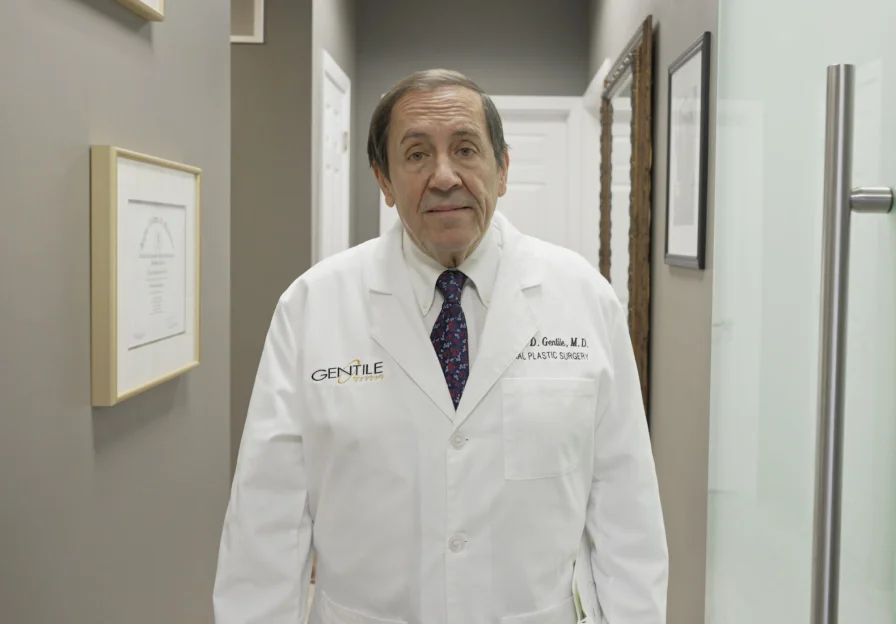The cost of a Spider Vein Treatment in Cleveland is, on average, a few hundred dollars per session, with the potential for multiple sessions being needed. This price can vary based on factors such as the size of the treatment area, the severity of the spider veins, and the specific technique used, whether sclerotherapy or laser therapy. Since spider vein treatment is typically considered a cosmetic procedure, it’s not covered by insurance, but financing options may be available to make treatment more accessible. For the most accurate pricing, scheduling a consultation is the best first step.
- Facial Plastic Surgery
- Body Contouring
- Hair Restoration
- Injectables
- Laser & RF Treatments
- Co2 Laser Skin Rejuvenation
- EmFace/Exion
- FaceTite & AcuTite
- Fractional Skin Laser Treatments
- IPL Photorejuvenation
- LaseMD Ultra
- Laser Hair Removal
- Laser Tattoo Removal
- Micro Laser Peel (erbium)
- Morpheus8 (RF Microneedling)
- Pico Laser
- Renuvion Neck Lift
- Spider Vein Treatment
- Thermismooth
- Vaginal Rejuvenation (ThermiVA)
- Vascular Birthmark Treatment
- Venus Viva
- Skin Rejuvenation
- About
- Gallery
- Resources
- Locations
- Contact




